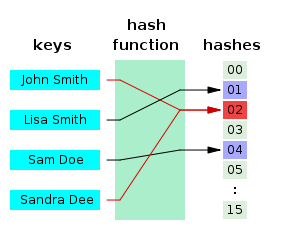Using konqueror to navigate through man pages

If you are a KDE user you can use Konqueror for MAN pages navigation, just add "man:" prefix before interested command. For instance enter man:ssh-copy-id to Konqueror's address bar and enjoy nicely rendered MAN page entry and all browser's features like search results highlighting, hyperlinks to the related MAN entries (yay!). I wrote simple bash script that utilizes man binary functionality but displays MAN page in Konqueror. Put this code to the /usr/local/bin/kman file: #!/bin/sh #Su'ed root console support if [ $UID = 0 ]; then su - $LOGNAME -c "env DISPLAY=:0 konqueror man:$@" 2>/dev/null & else konqueror man:$@ 2>/dev/null & fi For autocompletion support add this to the /etc/bash.bashrc.local file: #konqueror man complete ${_def} -F _man_ ${_file} kman Run kman ssh-copy-id and have a fun. Tested only in Opensuse.
